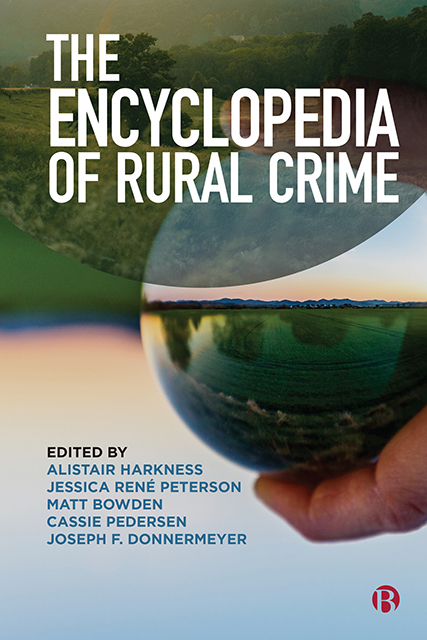Book contents
53 - Community Corrections
Published online by Cambridge University Press: 20 June 2023
Summary
Community corrections are non-custodial criminal sanctions that have been adopted by courts and other criminal justice agencies, with a basic philosophy that, rather than relying on incarceration, the preferred approach is community-based alternatives to supervise, manage, rehabilitate and educate offenders. Alternatives to imprisonment include diversionary schemes for defendants, probation or suspended sentences for convicted offenders and parole or early release for prisoners. They are relatively low-cost sanctions and measures that do not consume prison space (see Groves, 2017).
Community corrections consist of two basic types of programmes: (i) sanctions that serve as alternatives to incarceration and (ii) programmes that assist prisoners in community re-entry after prison (see Cromwell et al, 2002). Community sanctions combine the purposes of controlling and reforming the offender. These diversionary schemes attempt to redirect certain offenders from the formal criminal justice system to various services that improve their chances for rehabilitation and improve re-entry back into the community, thereby reducing recidivism.
As Klingele (2021) points out, offenders may face many challenges in the communities where they live, including adequate housing, access to healthy and affordable food, addressing chronic physical and mental health issues, the need for vocational training and employment, transportation to various human services, childcare and so on. By meeting these needs, there is a greater chance that the supervision, management and rehabilitation of offenders who are on probation or have suspended sentences will be improved and thereby reduce re-entry back into a criminal lifestyle, potentially leading to additional arrests and jail time.
Rural community corrections
From a global perspective, and compared with urban areas, rural community correction work faces more challenges. First, there is an overall shortage of corrections workers in rural communities. In urban areas, there may be three or more staff per judicial institute, whilst in rural areas there are relatively few full-time staff. Coupled with the fact that in many instances rural residents live scattered across the jurisdiction and in relatively distant locations with inconvenient transportation options, correctional work in the community is more difficult.
Second, in some jurisdictions, the quality of corrections staff can be relatively low.
- Type
- Chapter
- Information
- The Encyclopedia of Rural Crime , pp. 215 - 217Publisher: Bristol University PressPrint publication year: 2022

